Gallery details
PROJECT DETAILS
project : 2040:Lunar Outpost [a]
location : Cabeus Crater Moon
- PopularScience Choice Award – Popular Science
- Honorable Mention – EVOLO Skyscraper Competition – Evolo Magazine
PROJECT DESCRIPTION
DESCRIPTION:
In challenging the typology of a skyscraper this proposal considers an alternative set of criteria to reexamine habitation, construction, and organizational logic. In examining our global trajectory resulting in issues of overpopulation and depletion of natural resources, this project proposes a developmental shift away from the earth. The chosen site for this project is on the Shackleton Crater Rim on the South Pole of the Earth’s Moon. The project timeline spans from [0 – 60 +] years, the primary focus occurs from year [0 – 20+] where the deployment of robots to the Cabeus Crater will facilitate construction during the pre human arrival period.
The moon was chosen as a testing ground for its ability to depart from the traditional constraints we find on earth. The site lends itself to creating more vertical growth without the same physical limitations we have on earth. Limitations such as lower gravity, non-existent weather, and an abundance of unexploited natural resources are attributes of an environment void of a built environment.
Resources such as large traces of frozen water and hydroxyl group (oxygen + hydrogen) gases were found by the Chandrayaan (Deep Impact Probe) in late 2008. This is particularly useful if combined with the use of Regenerative Fuel Cells, where the process of electrolysis is proposed as means of sustaining energy and life by extracting the hydrogen and oxygen molecules out of water. In order to maximize solar gain due to the low oblique angle of the sun the skyscraper is the optimal building typology. However this verticality is not solely expressed above the lunar surface. Instead a nested verticality of embedded towers deep below the surface provided protection from radiation, meteor impacts and temperature differentials.
The embedded areas of the towers are networked together through a multitude of robots working in stigmergy to produce a self organizing system. A path trajectory network was used as a foundation from which the robots operated. The operation is a simple technique of mound building seen in the behavior of termites and ants. This behavior is characterized by programming local interactions, which give rise to emergent structures. In the development of these behavioral and bottom up techniques a complex network of relationships will emerge. Ideally this settlement grows into the size of a contemporary human city, with developed infrastructure + habitation systems. This will depend on how successful the feedback system is, as the settlement grows it is the system’s response to these changes which will inform the subsequent networks and infrastructure.
This research deals primarily with Non-Linear Systems, Termite Structures, Robotics + Algorithmic design. This project ends with the arrival of the first human settlers on the Moon, it is merely a case study for a process informed by complex phenomena and its potential implications in Architecture.
Design & Concept by Luis Quinones
Recently in Portfolio
- Nike A.I.R Prototypes

- HE.6 2020 Prototype

- [A]nisochromatic Meshing
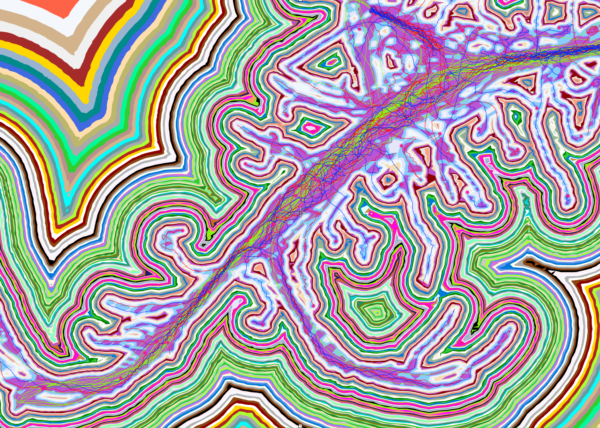
- PYTORCH-CLASSIFIER
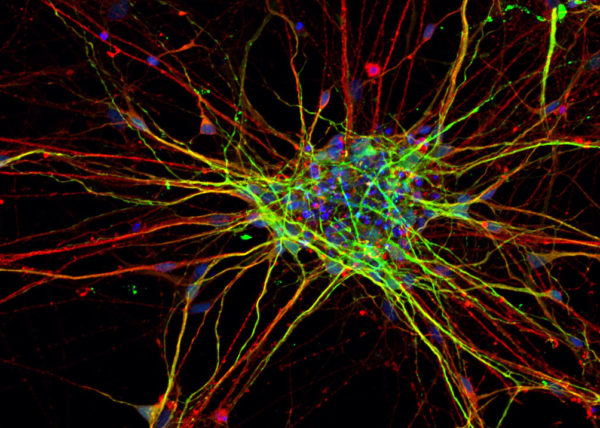
- CULEBRA.NET

- Nike Zoom Superfly Elite

- Nike Footscape Flyknit DM

- Jordan Hyperdunk React

- KA-HELMET

- PARAPRAXIS
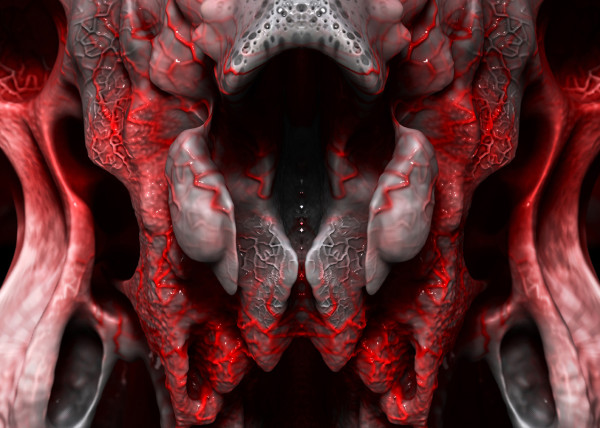
- [001.HRR] CONCEPT BIKE
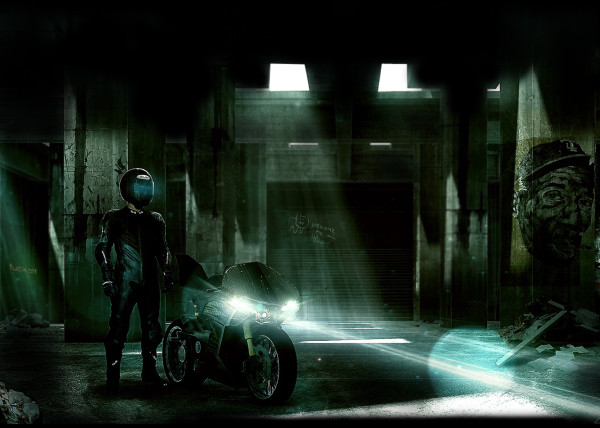
- [C]ucarachas
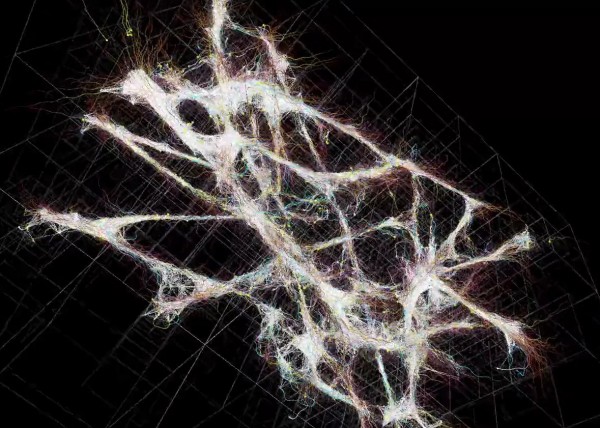
- [S]eeker
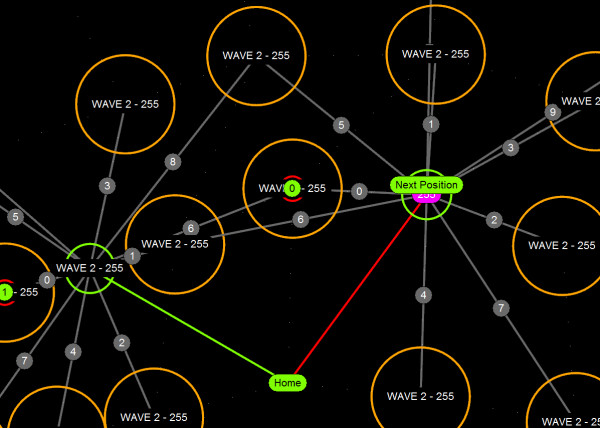
- BENGBU CITY OPERA
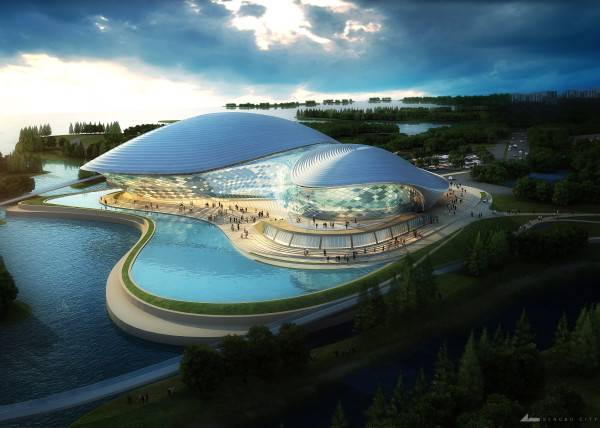
- [O]h Baby
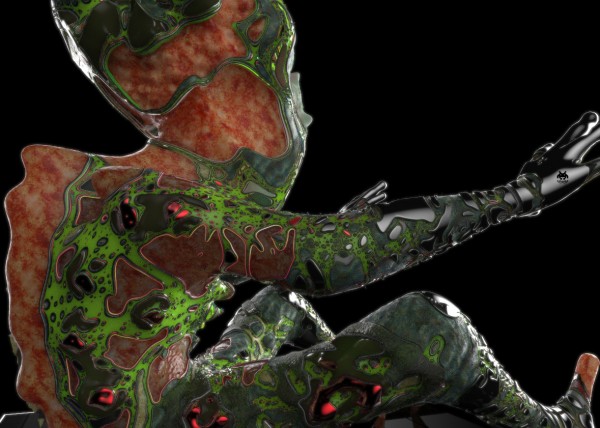
- [E]l Papa
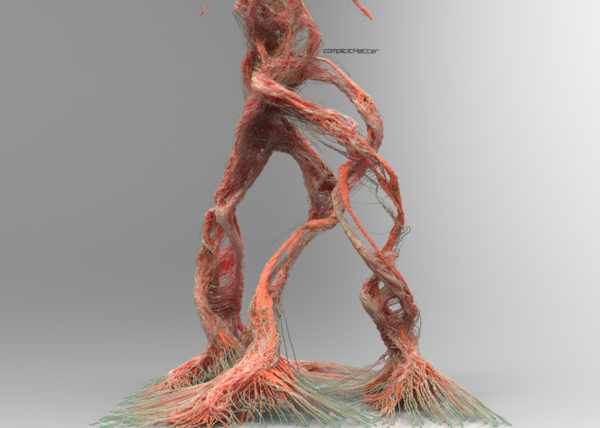
- [S]hatter.Brain
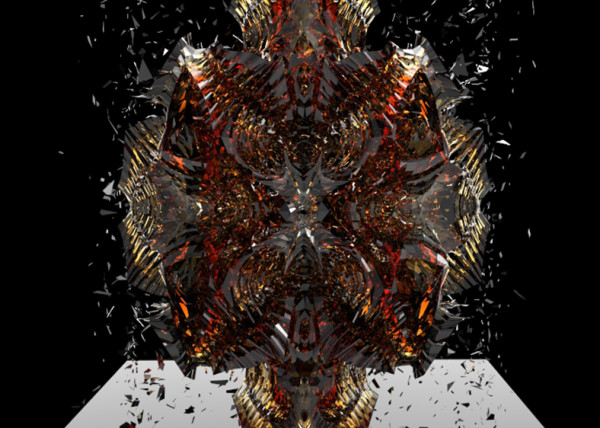
- [S]tigmergy
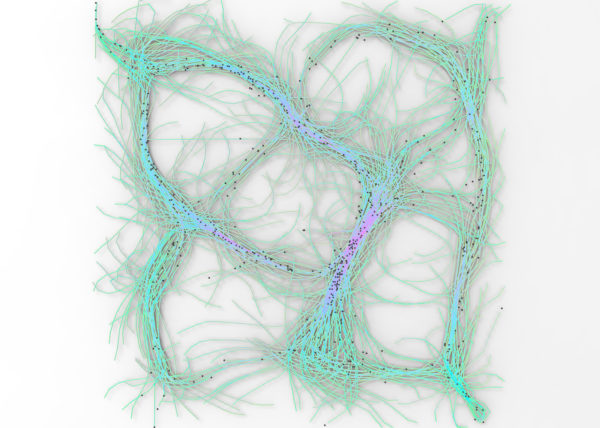
- [F]orces
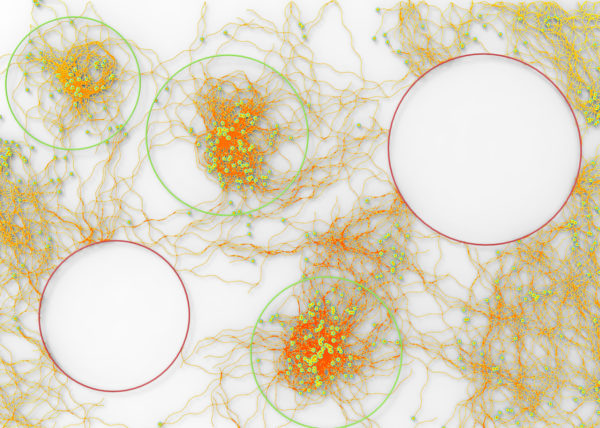
- CULEBRA.JAVA
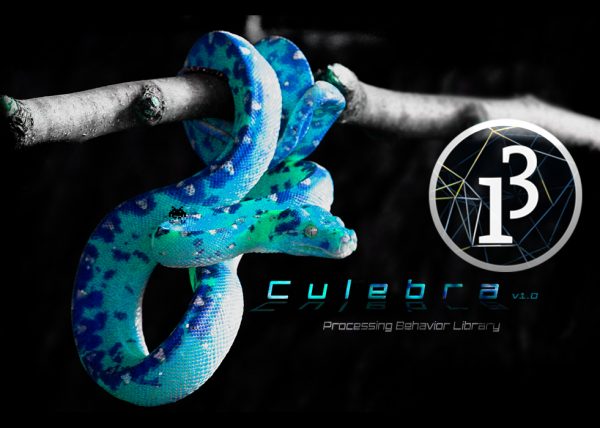
- [C]ulebra.MultiBehaviors
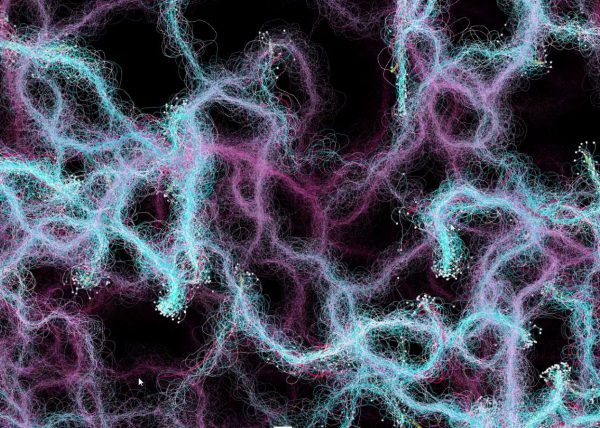
- 2040:LUNAR.OUTPOST[a]
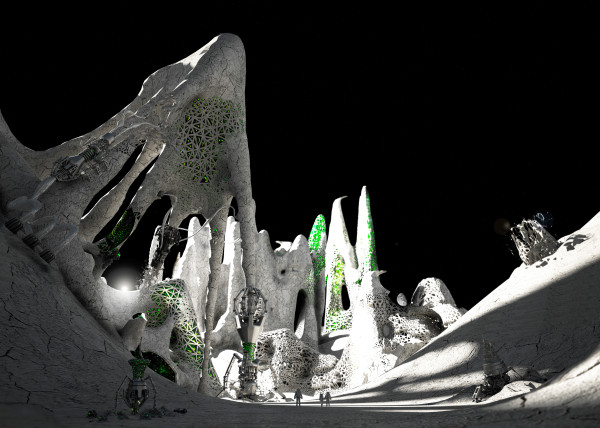
- [S]ticky Stuff
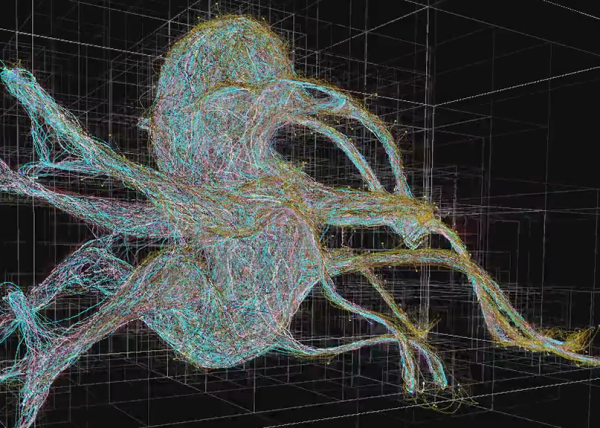
- [S]entinels
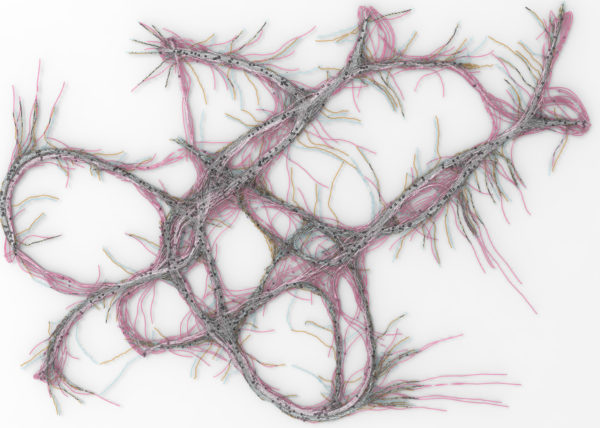
- [G]allopingTopiary
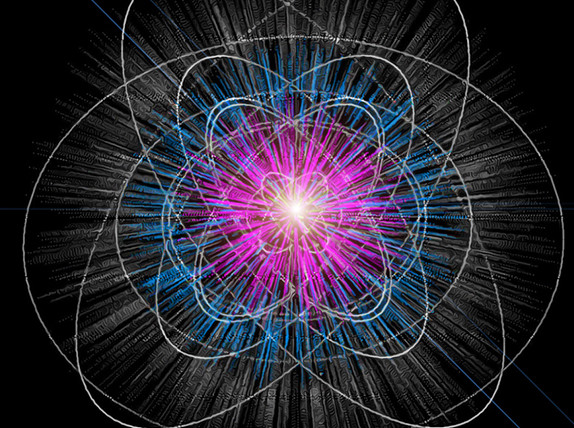
- [P]erlin
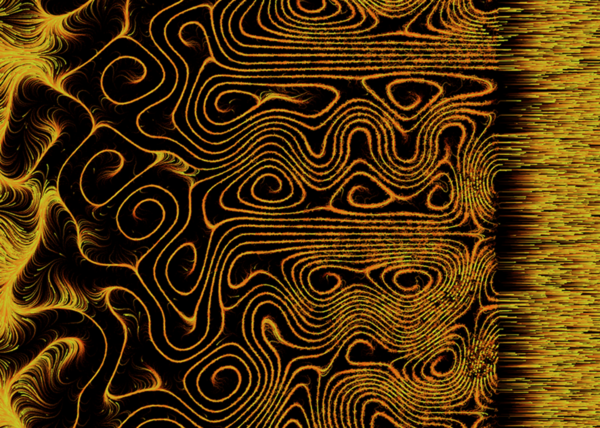
- [E]ternal Wanderers
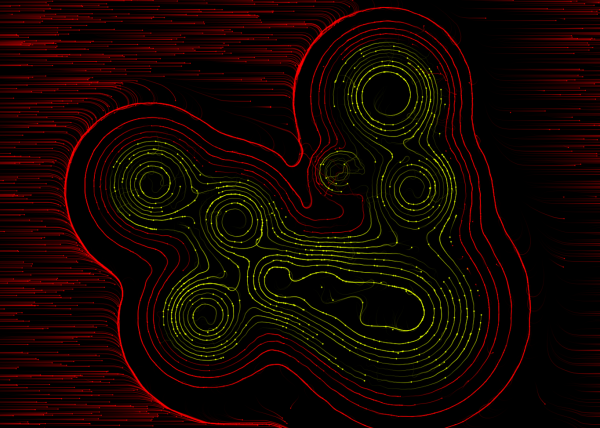
- [W]heelie
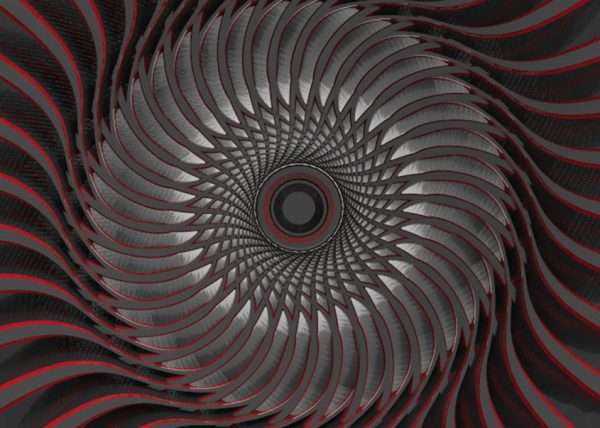
- [M]esh Crawlers
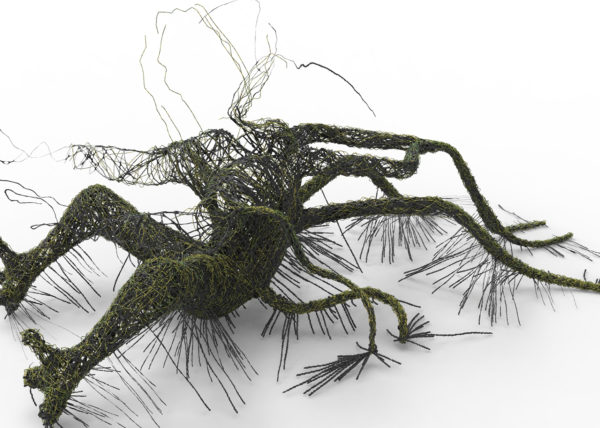
- [E]l Nino
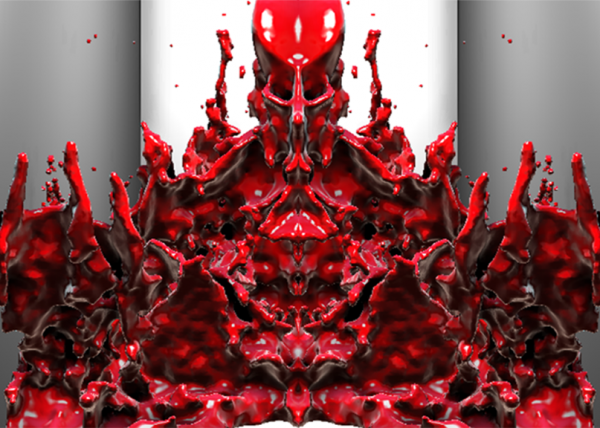
- [L]a Silla
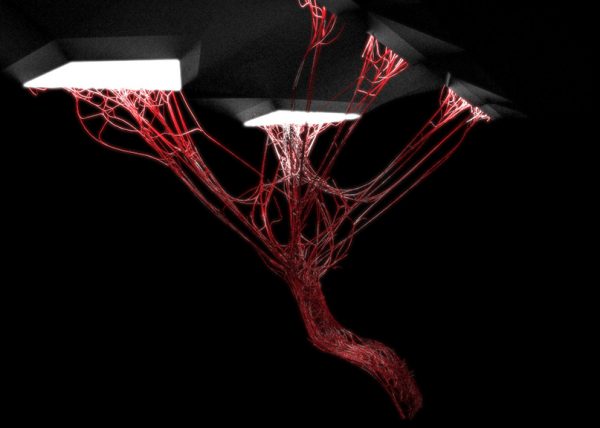
- [3]D BabyMaking Trackstars
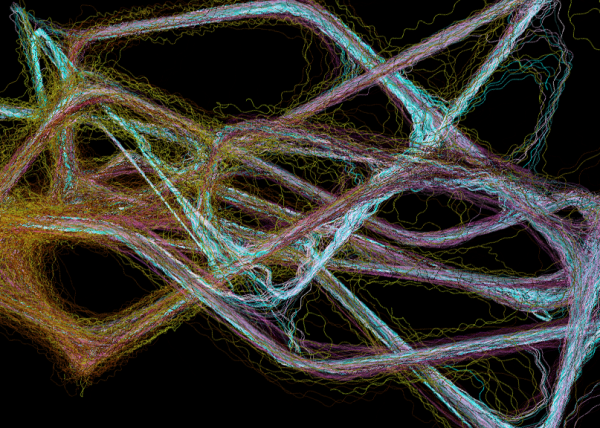
- [3]D Trackers
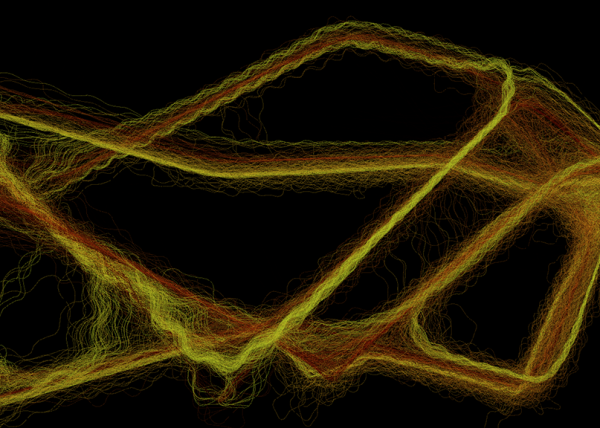
- [2]D BabyMaking Trackers
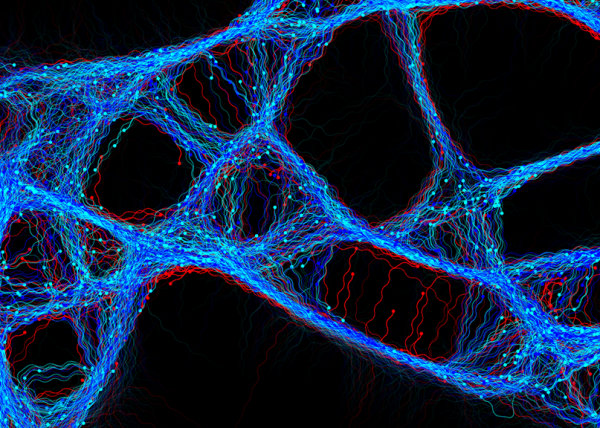
- [T]rackers
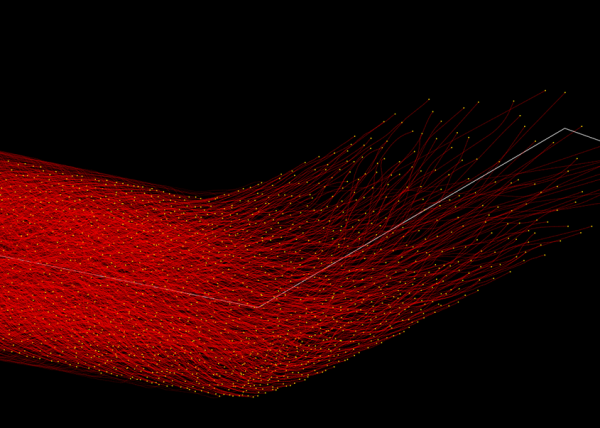
- CULEBRA GRASSHOPPER
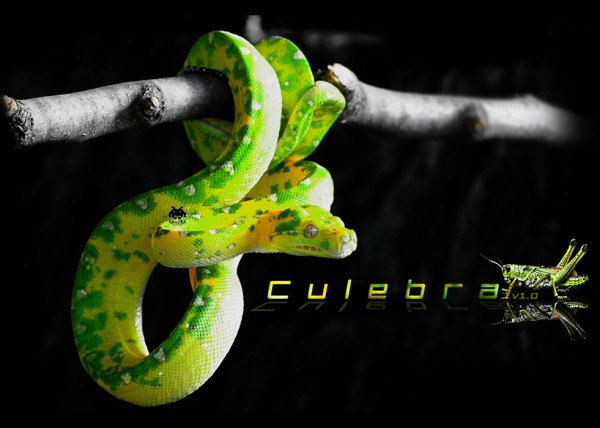
- culebra.[M]eshCrawlers.3D
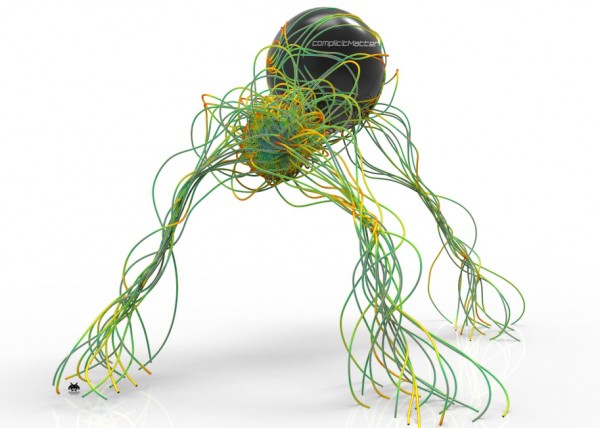
- culebra.[H]ybrid.3D
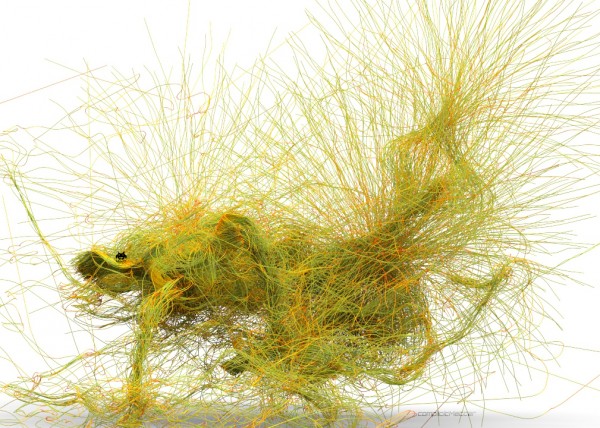
- culebra.[F]lorgy
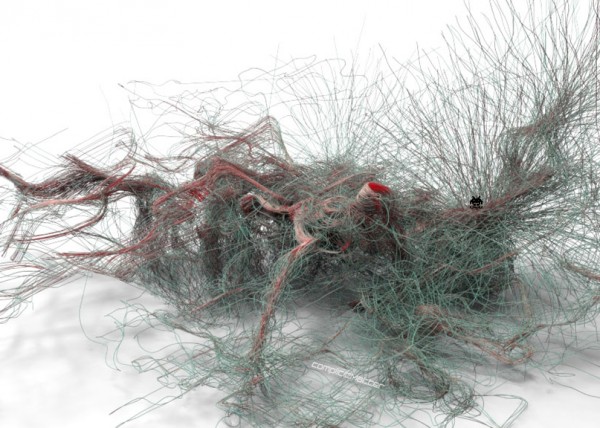
- culebra.[F]ockers.3D
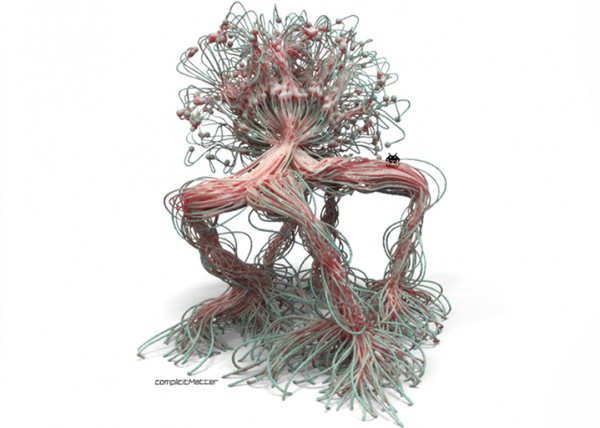
- culebra.[F]ockers.2D
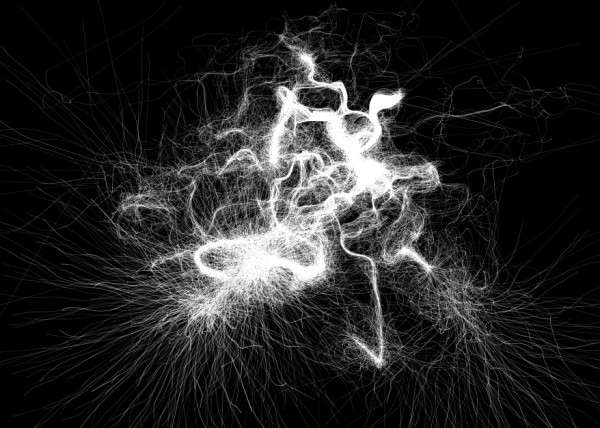
- culebra.[N]oisey.3D
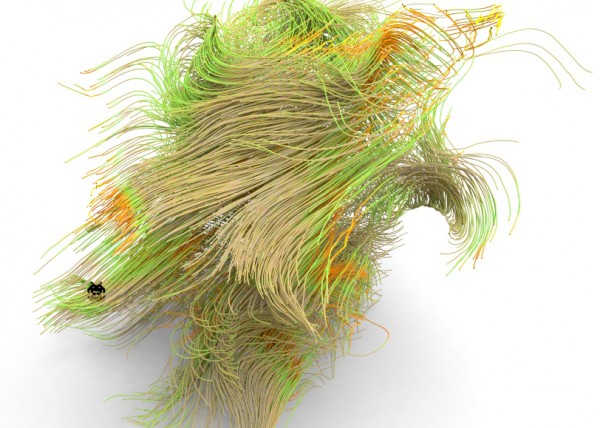
- culebra.[S]elfOrg
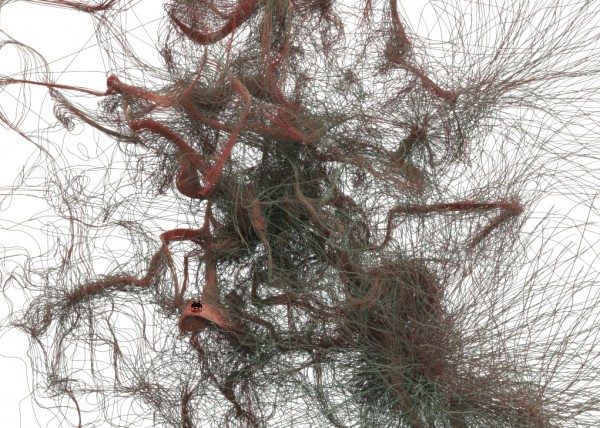
- [D]rippin

- [S]labacube
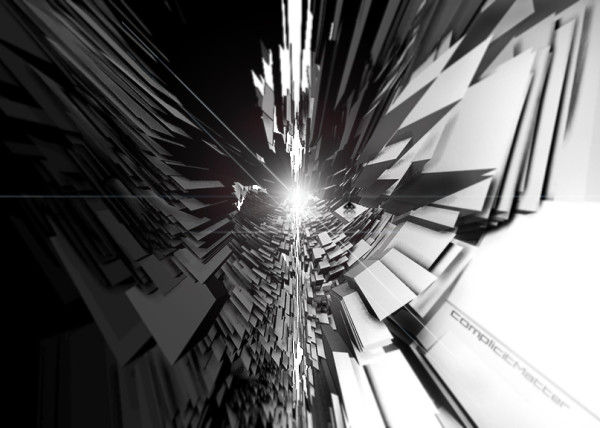
- culebra.[N]oisey.2D

- [C]reepyCrawlers
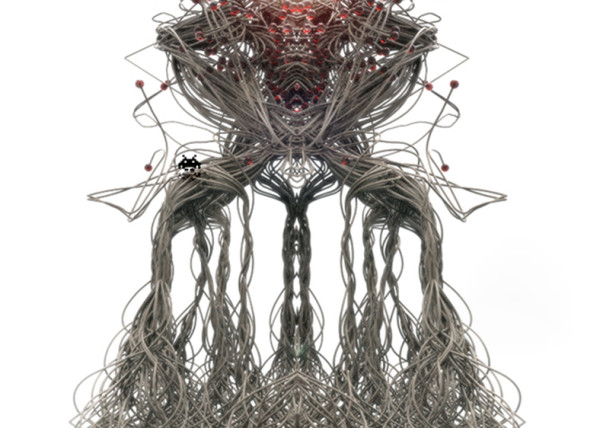
- [J]eepresesCreepers
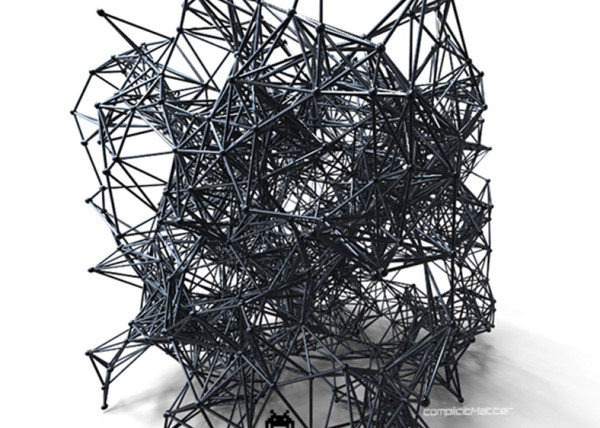
- [C]reepers
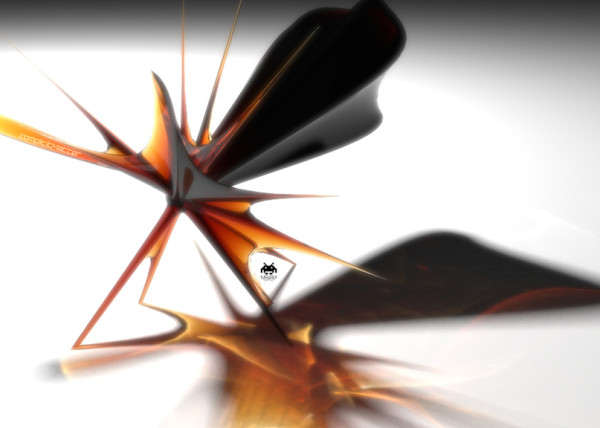
- [T]2000
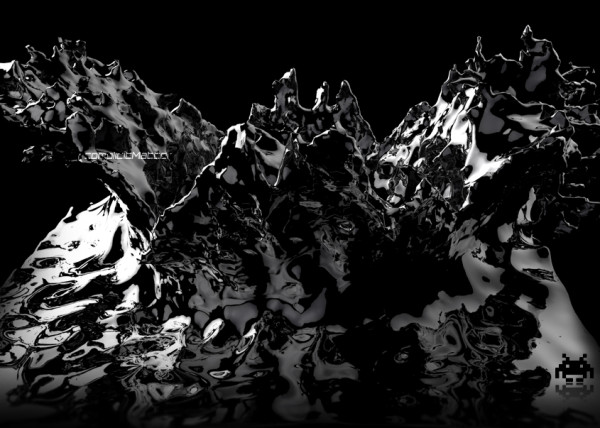
- RELUXOED

- [SRC] . Semi Rigid Car
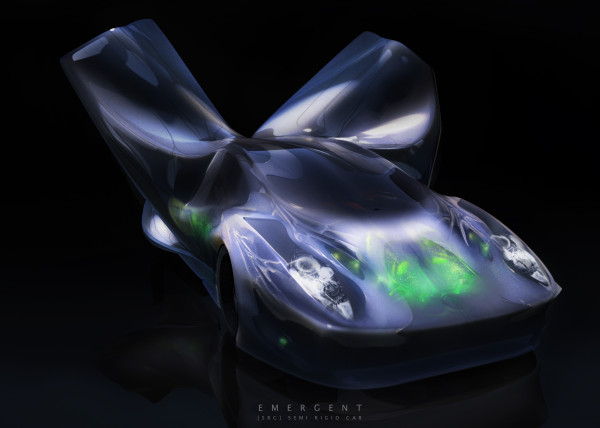
- PUFFER PLEATNESS
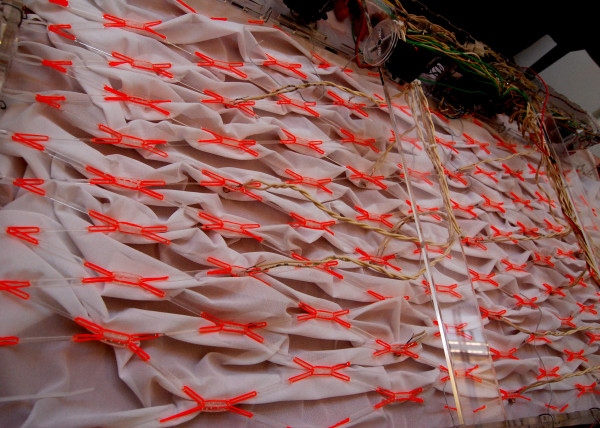
- EMERGEN[CY]
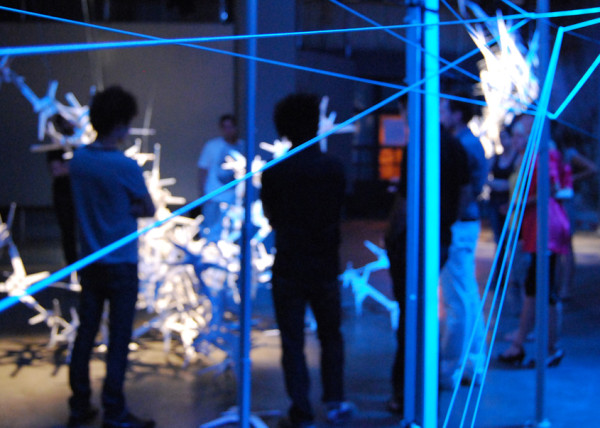
- [L]iquified
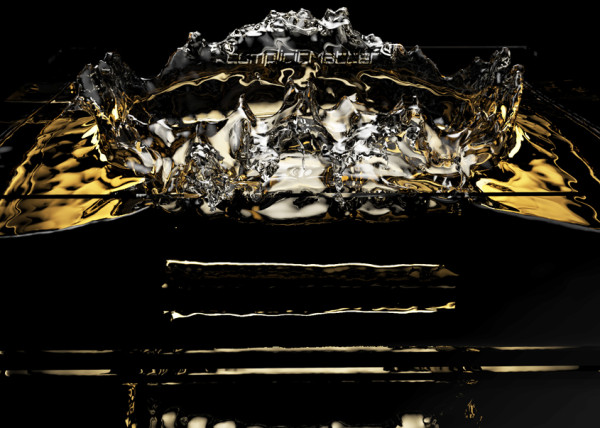
- [S]uckedComp
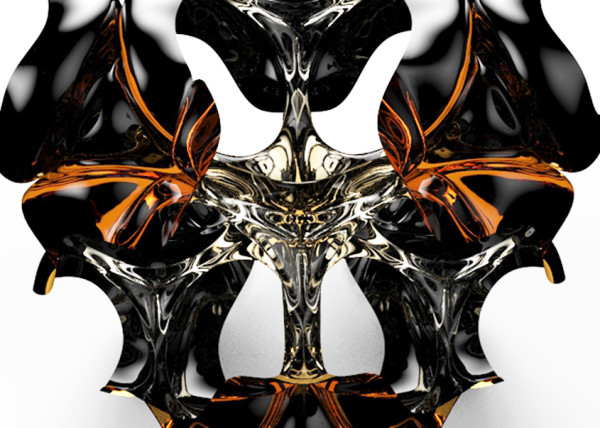
- [X]plosion
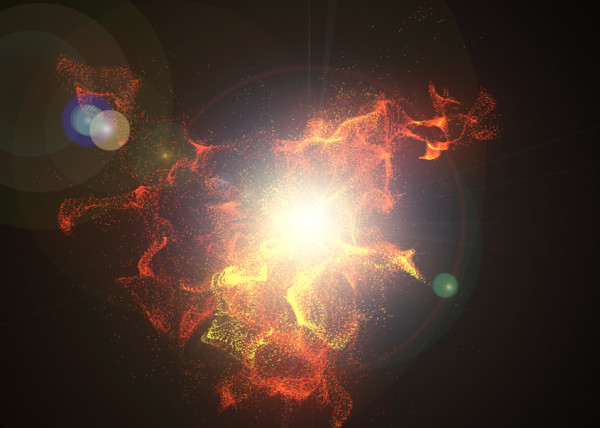
- MR. EW
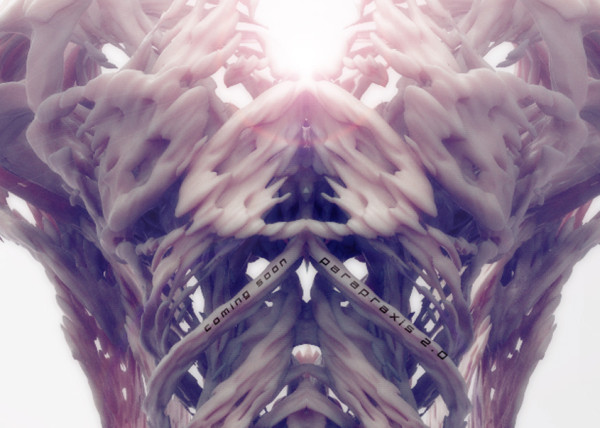
- [H]airGoo
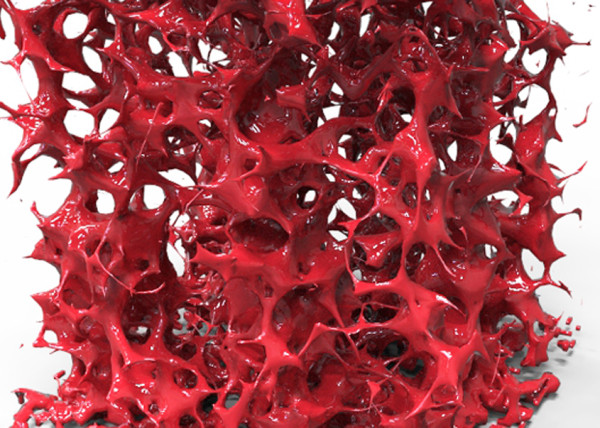
- [B]alled
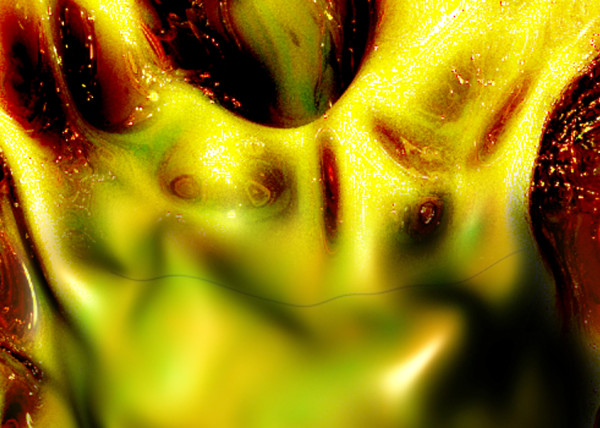
- [n]injaStars
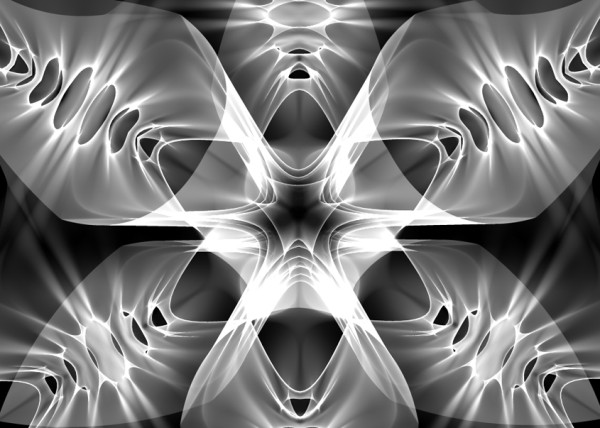
- [b]loomer
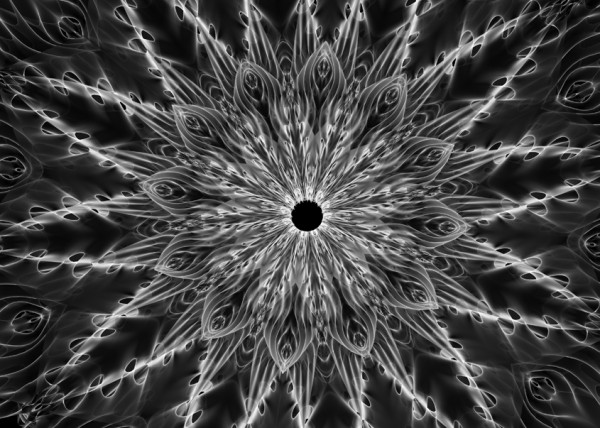
- [t]rip city
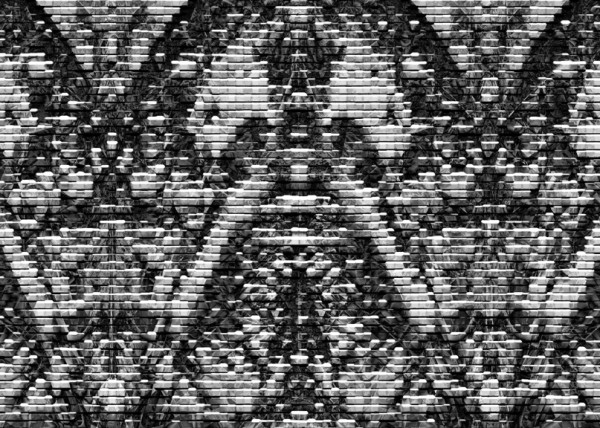
- TAPE GUNNED
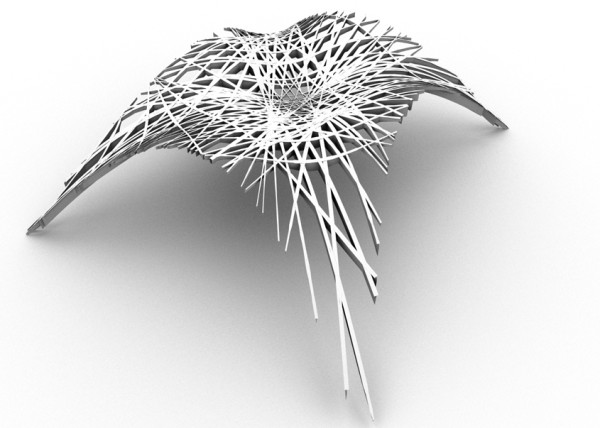
- [B]oom
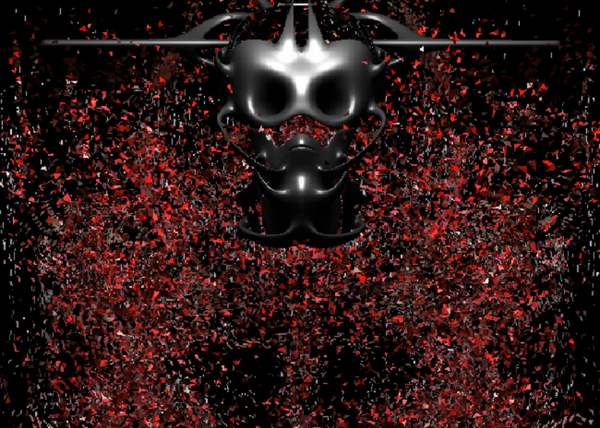
- [M]iller Time
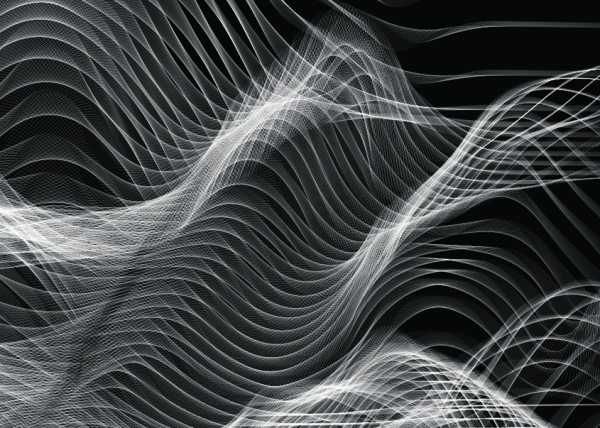
- [D]elamjam
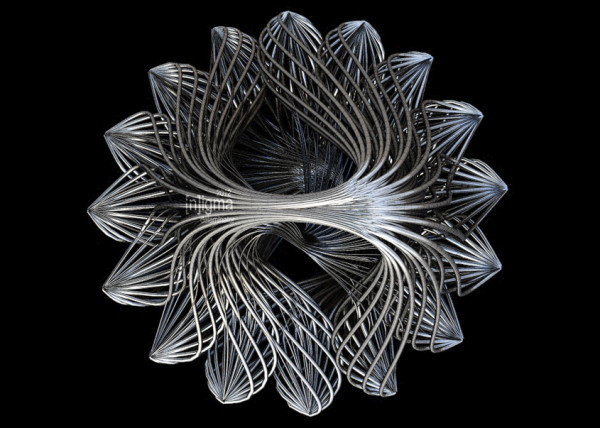
- [B]rain Zapper
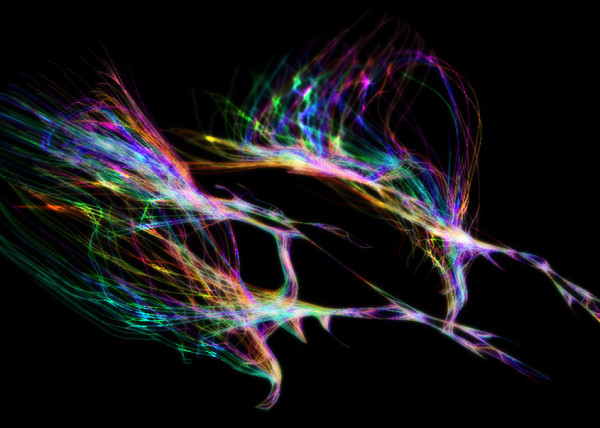
- [B]ig Bird
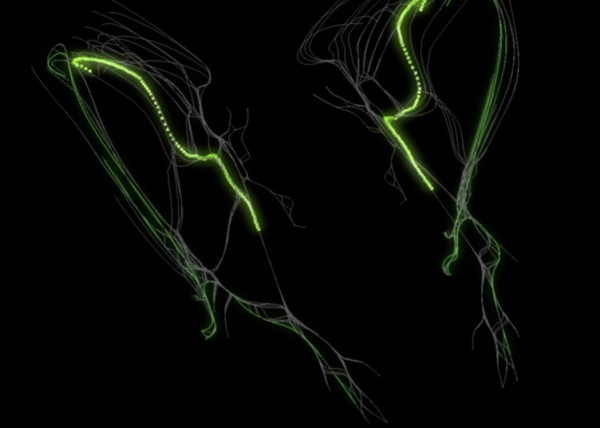
- IIIIIIII 00137

- [E]gg Tube Pavillion
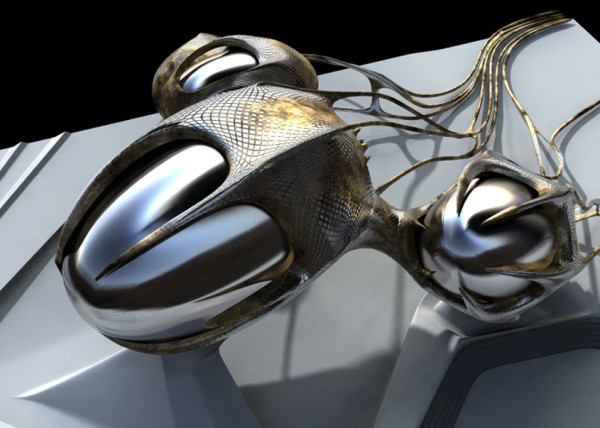
- [A]llice’s Easter Tree
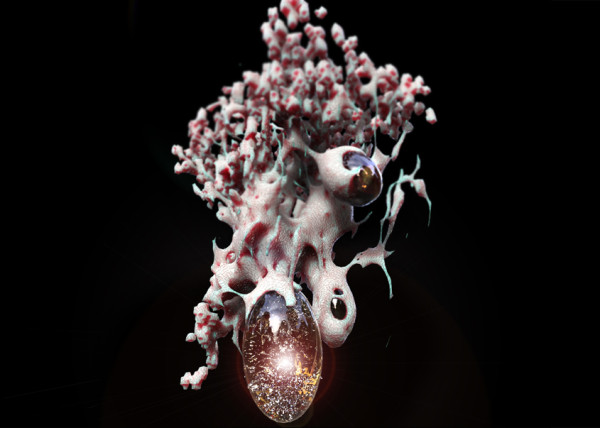
- [S]weet Honey
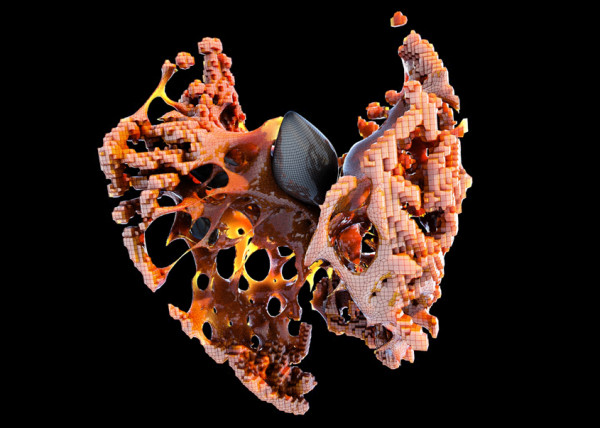
- [U]M.Urgent
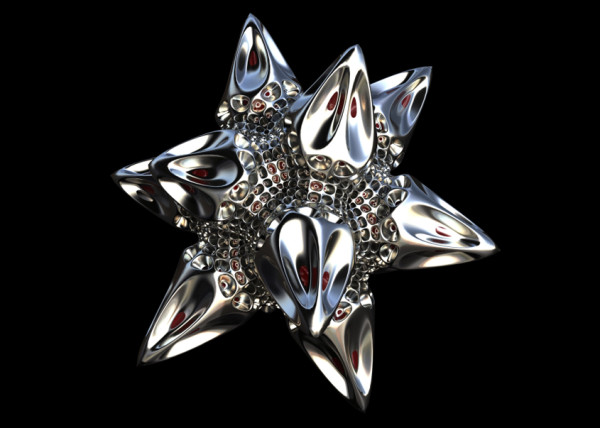
- [t]oo.urgent
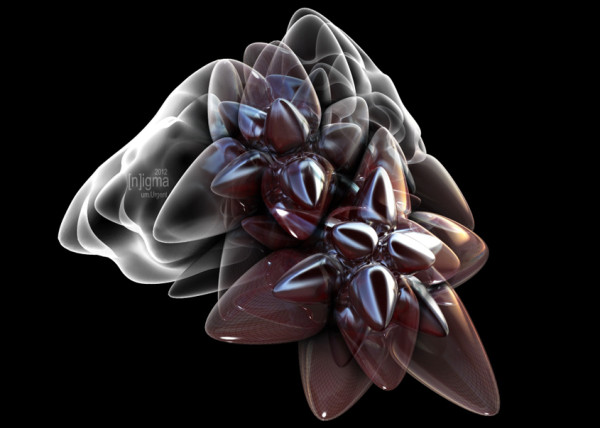
- [B]onnie..+..Clyde
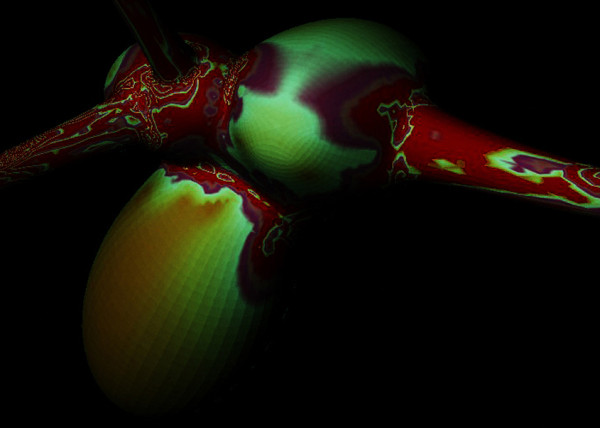
- [B]io Mess
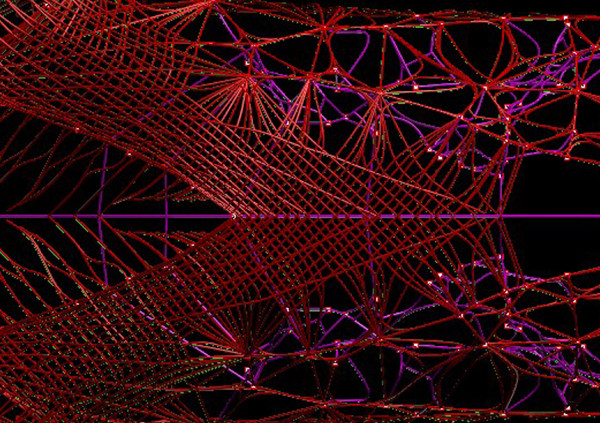
- [EL]Mojado.Virus
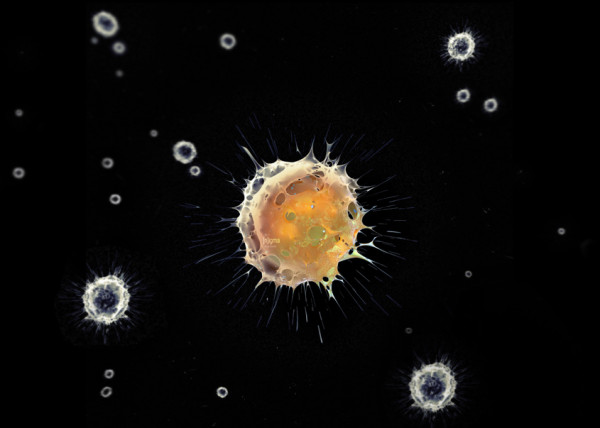
- [W]HAT the …!
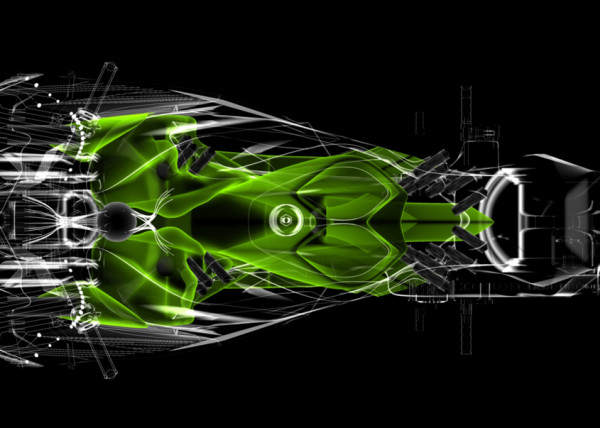
- [H]ot Lava
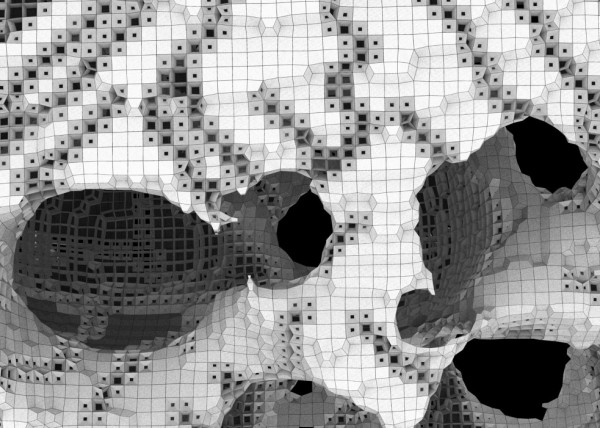
- [P]leat Diddy
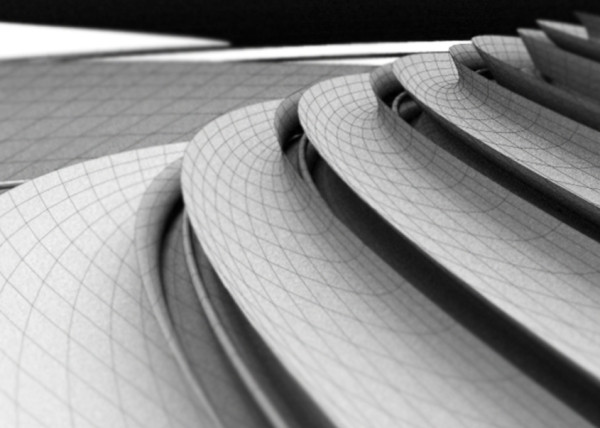
- [t]erminator easter egg
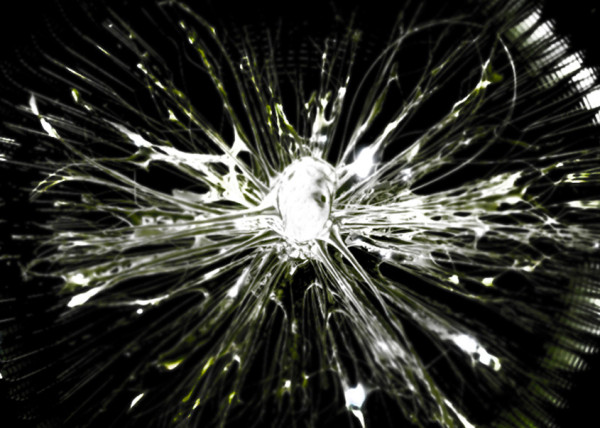
- Mr. BB
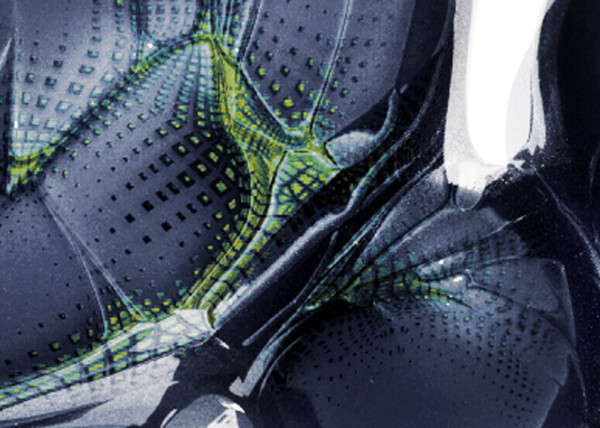
- [B]less You
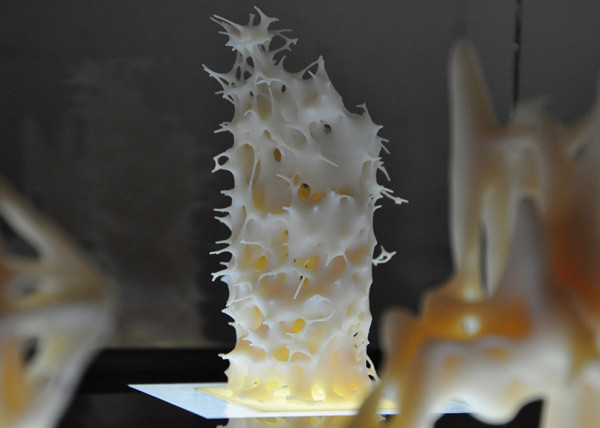
- [J]acky Jack
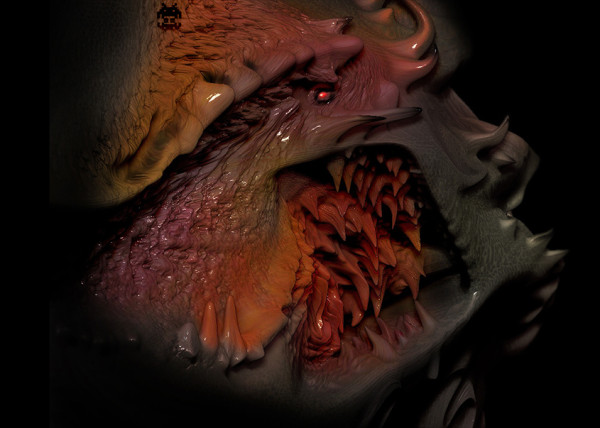
- [F]antastic + Interactive
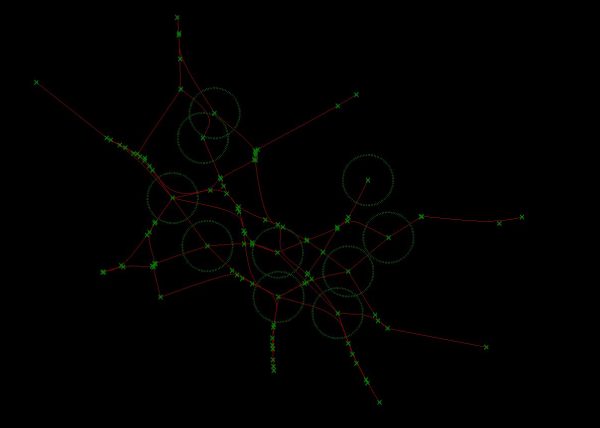
- [S]oo_Minimally_Pathed

- [P]uffer Fish.Fab
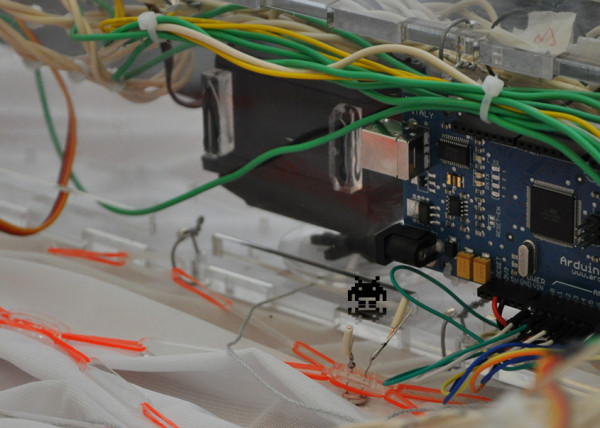
- [M]an Eater
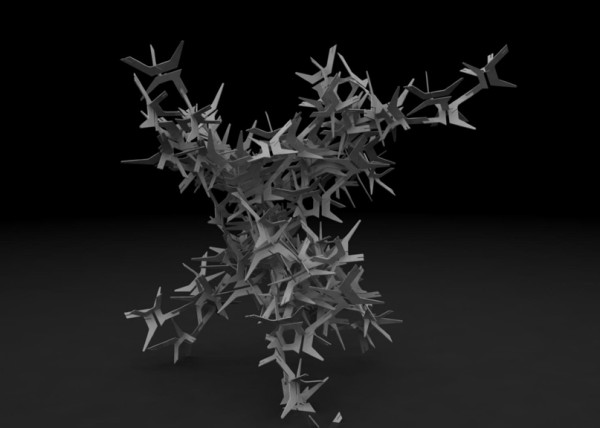
- [F]ace Sukka
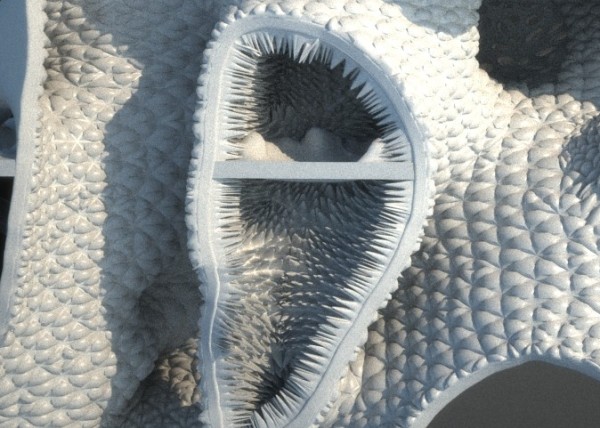
- [W]eave Machine
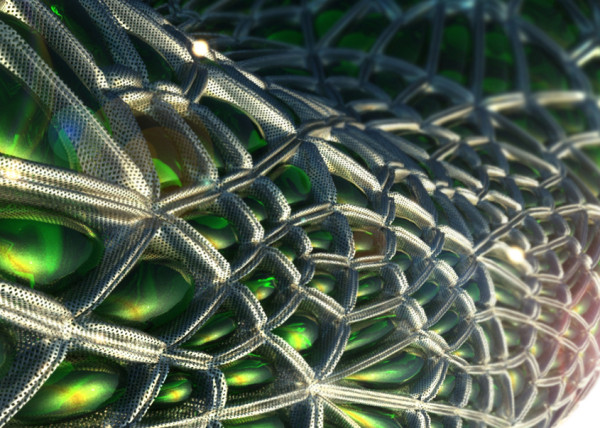
- Sportbike Racing
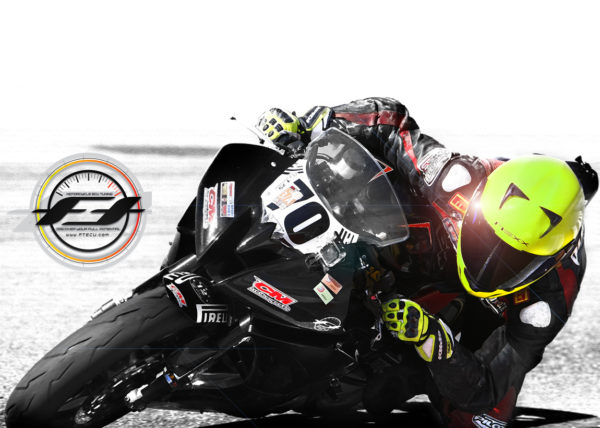
- Grappling

- Kart Racing


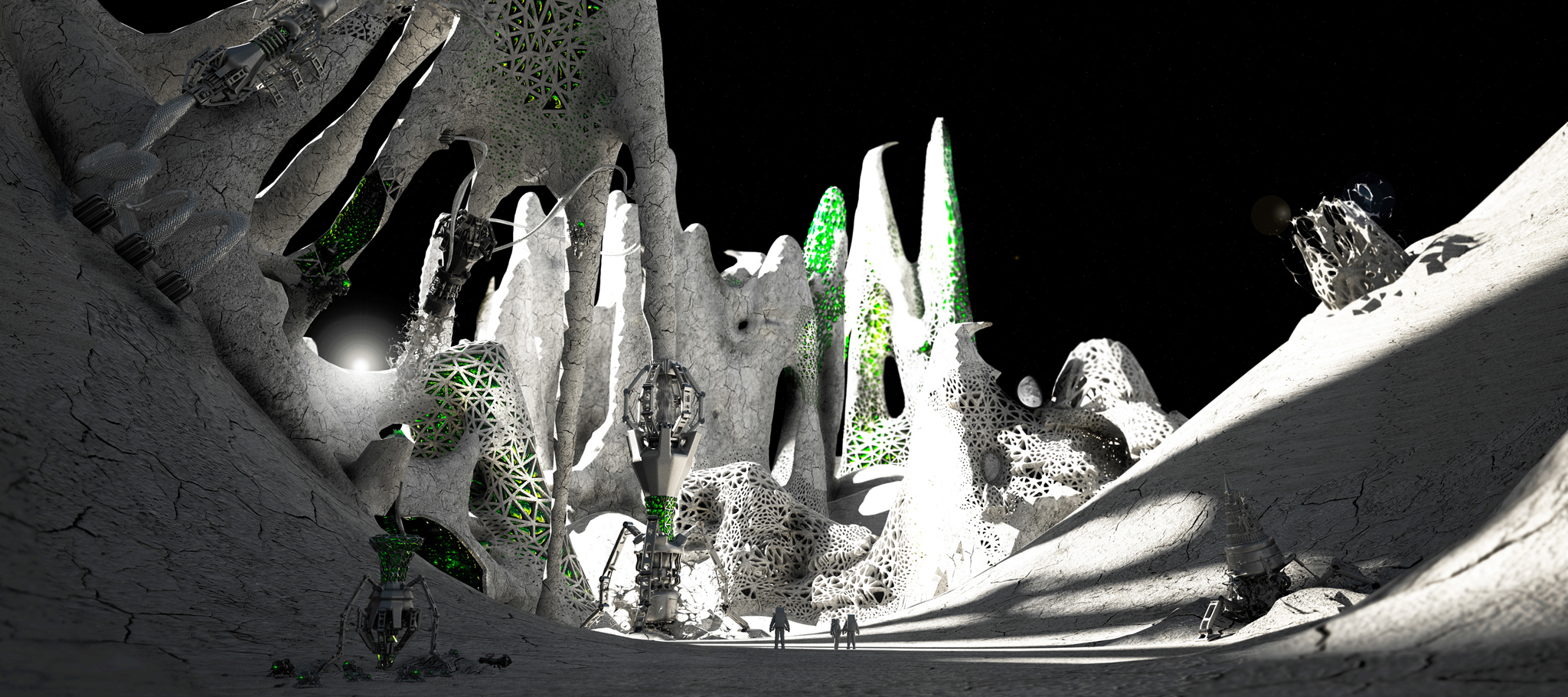
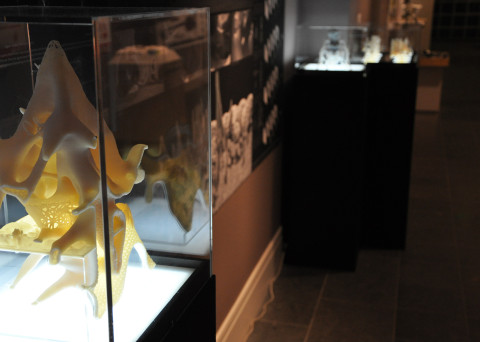
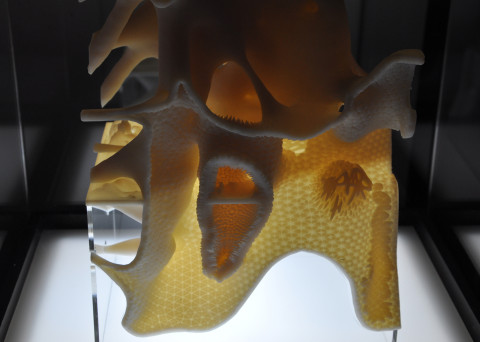
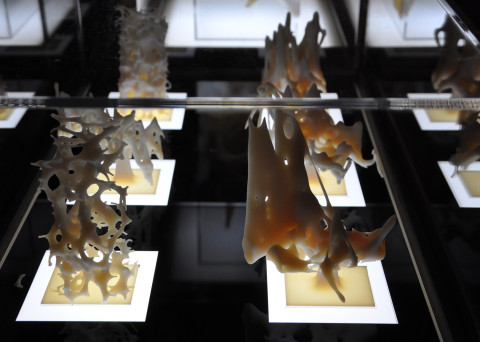
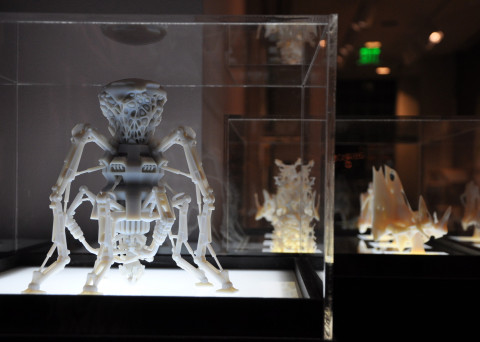
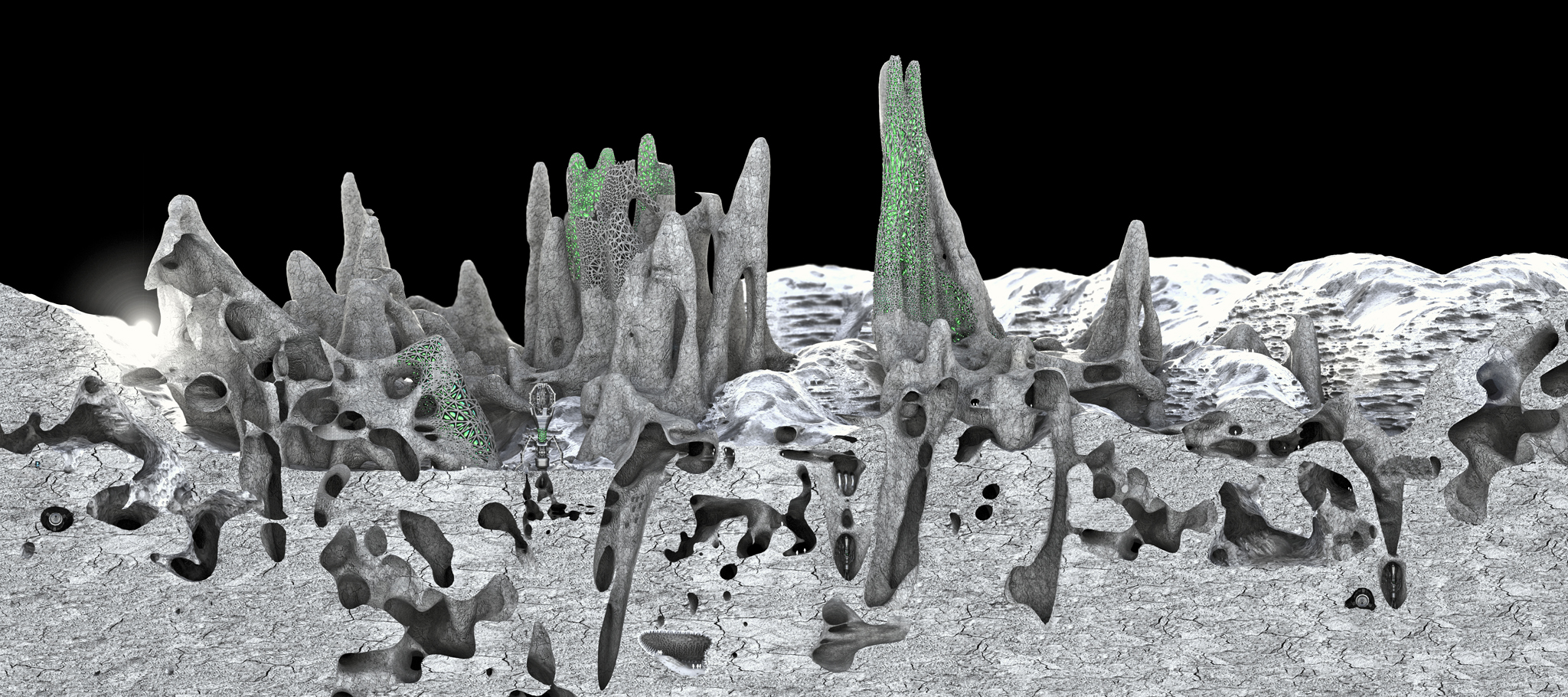
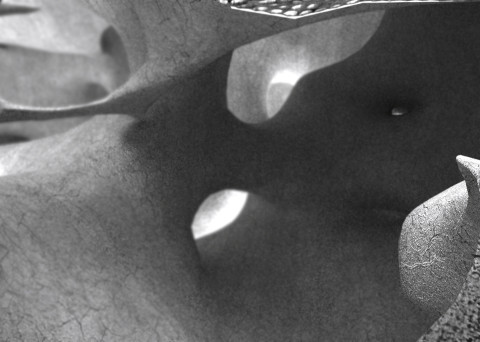
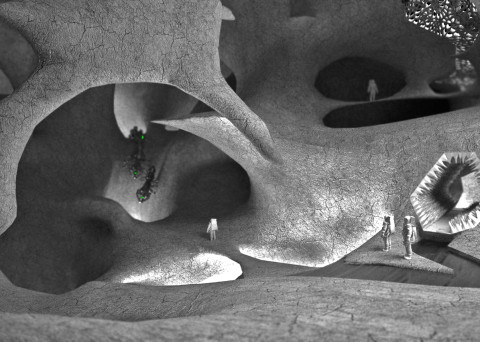

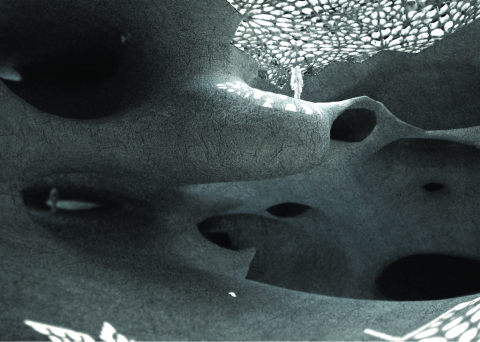
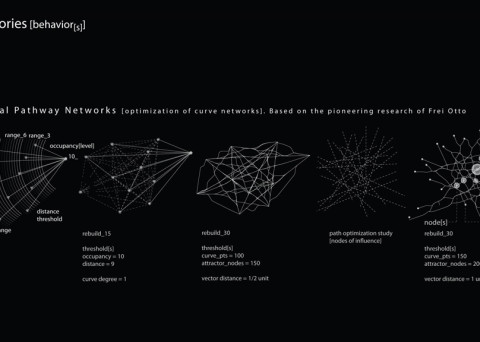
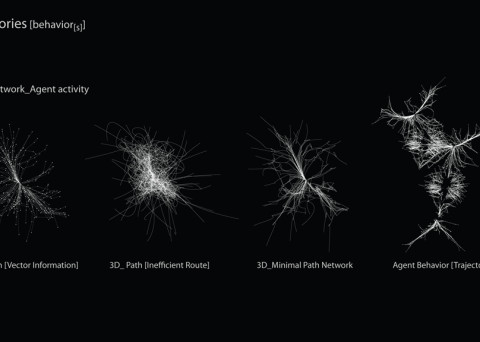
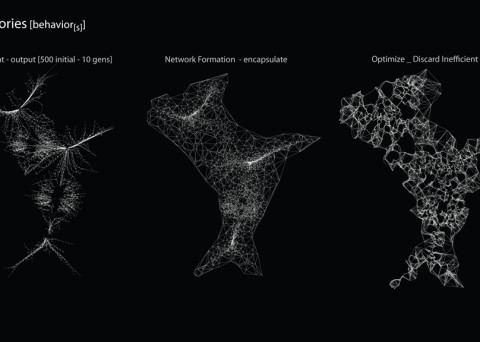
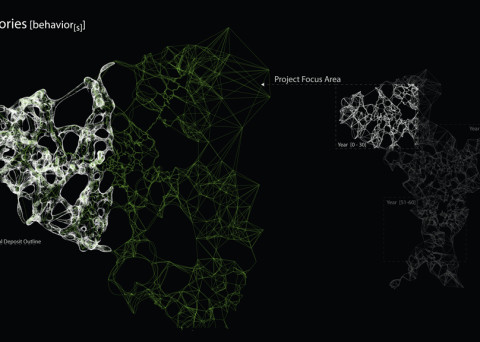
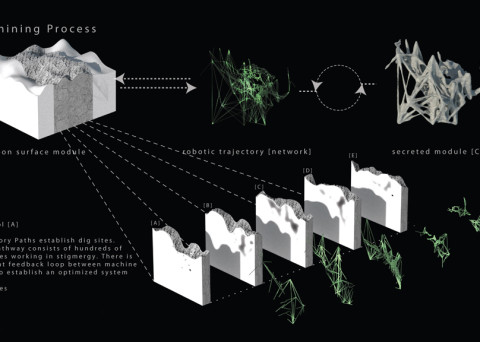
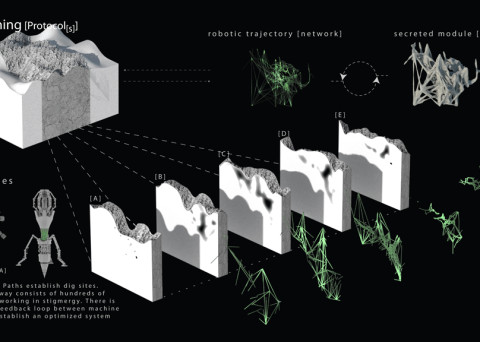
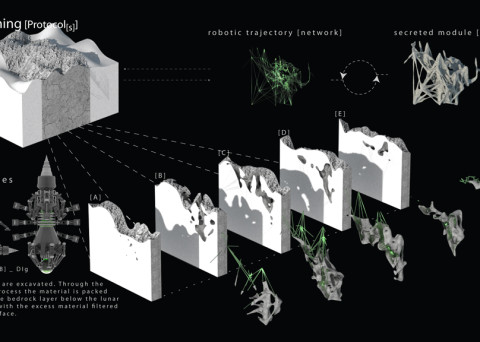
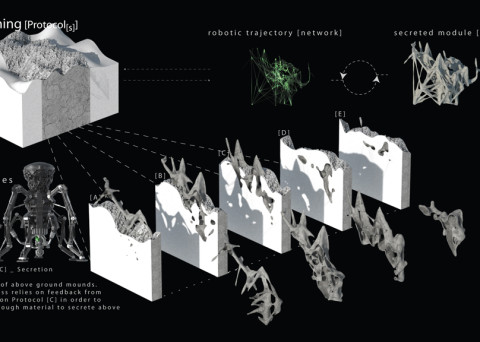
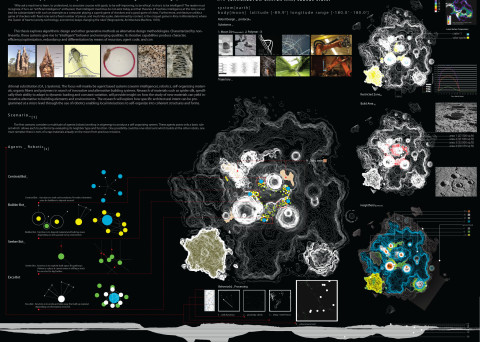
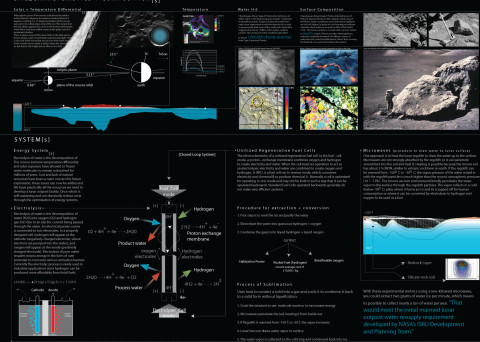
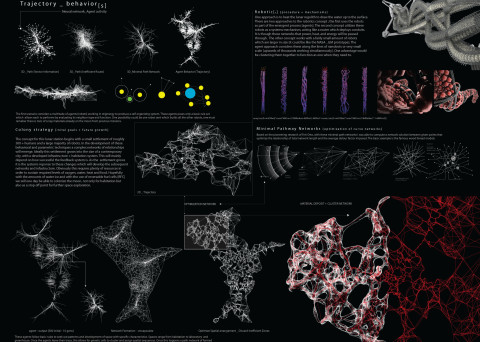

Leave a reply